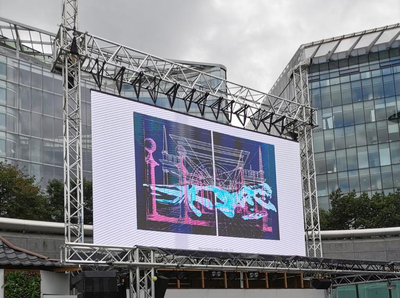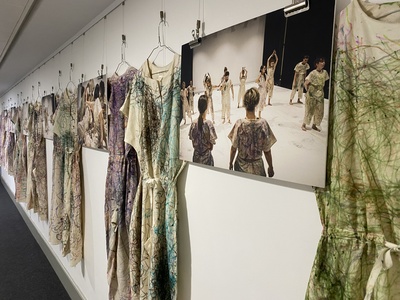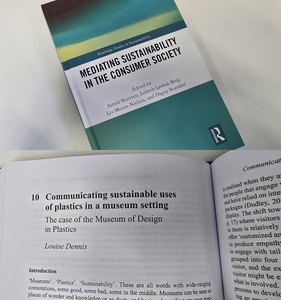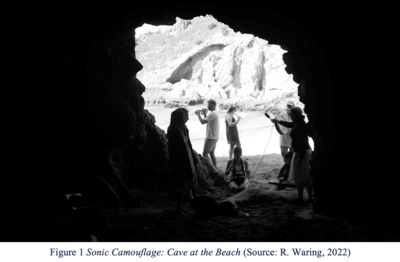Despite often being labelled and/or perceived as immaterial, digital photography is no less material than its analogue cousin. Whilst the variety and diversity of material forms once ubiquitous in analogue photography have decreased exponentially, a physical vehicle is still necessary for viewing digital photographic images. Most recently, this is the screen. The screen has become the predominate material form of digital images – in fact, we would not be able to see them without it. Many important issues that have arisen out of digital image culture such as the overabundance of images, the ease of accessibility and appropriation, questions of authorship, ownership, distribution and circulation have all been addressed in scholarship; however, the singular physical environment upon which all these things occur, has not. This article examines the consolidated materiality of the screen; the consolidated imagery and contexts that exists on it; and the physical gestures we use to access that imagery, exploring the effects upon our relationship with images and in turn, our relationship to and perception of the world.
 |



 Lists
Lists Lists
Lists










